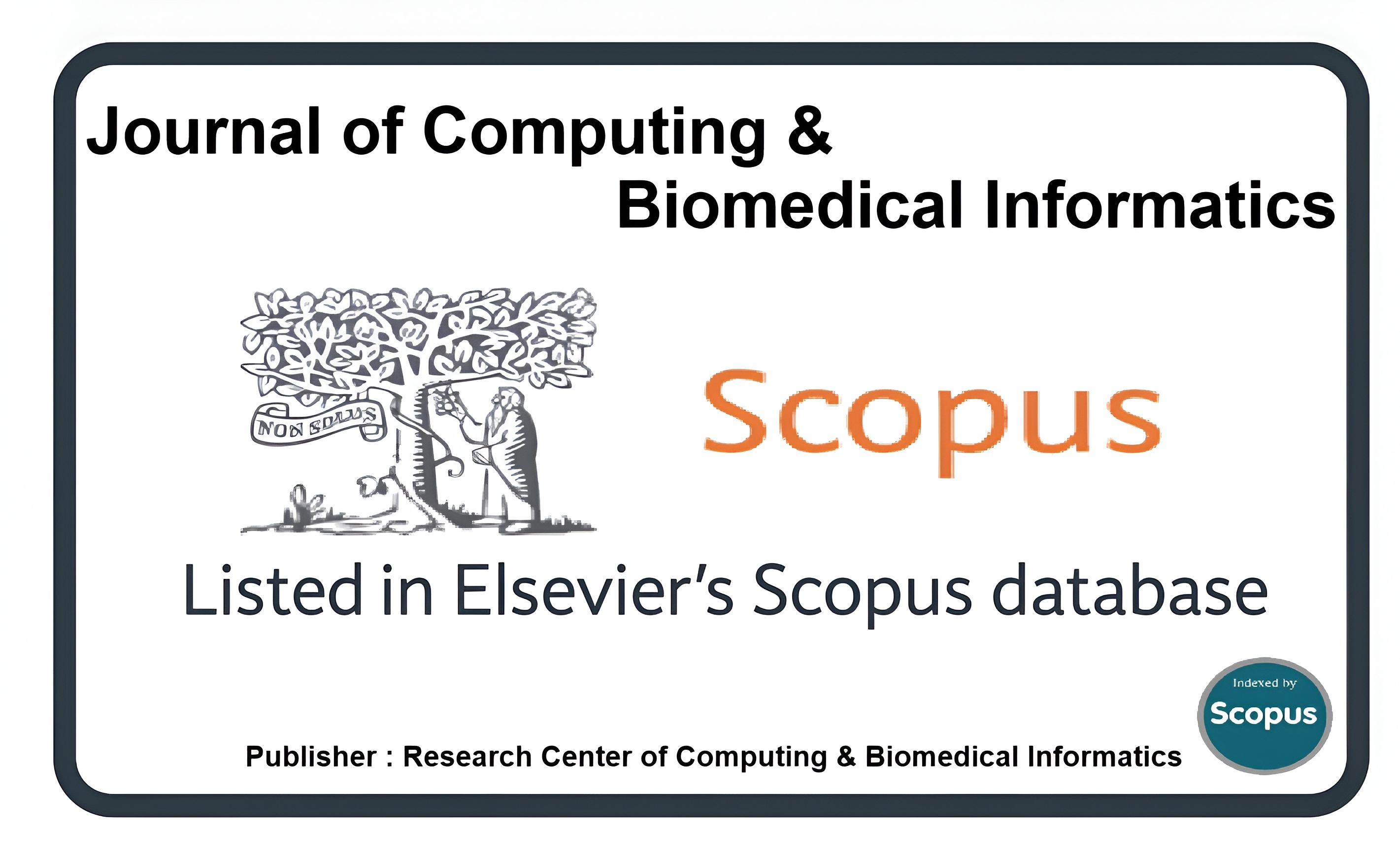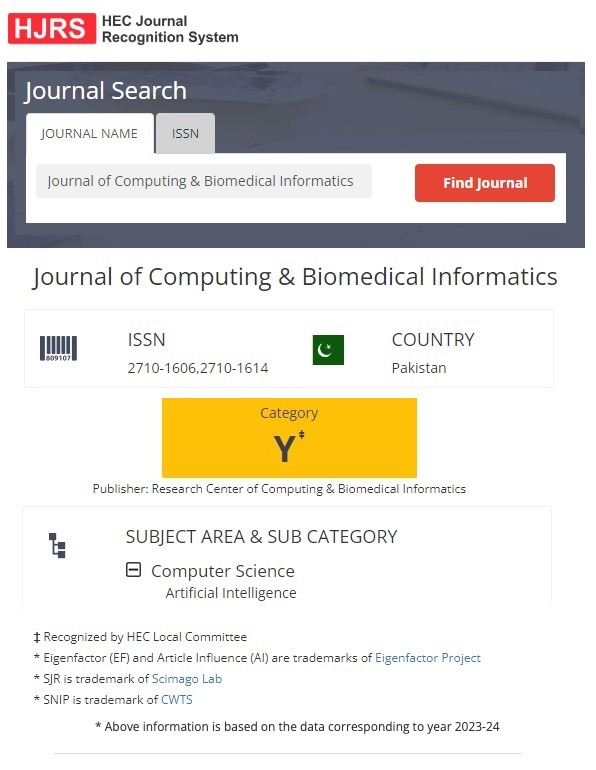Artificial Intelligence-Enhanced Risk Stratification and Prediction of Cardiovascular Disease through Machine Learning
Keywords:
Cardiac Disease, Machine Learning, Classification, AdaBoost, Decision Tree, Extra Tree ClassifierAbstract
Since cardiac illnesses provide substantial health concerns to patients, an accurate diagnosis is crucial. Due to the involvement of multiple factors, including smoking, high blood pressure, high blood sugar, excessive cholesterol, and environmental influences, it is difficult to diagnose cardiac abnormalities based only on symptoms. To tackle this, we use innovative machine learning algorithms to evaluate large volumes of medical data, find hidden patterns, and forecast the course of disease. Risk stratification and illness prediction comprise the two main aspects of our study. We evaluate and forecast cardiac anomalies using state-of-the-art algorithms such as Decision Trees, AdaBoost, and Extra Tree classifiers. The main objective of this research is to decrease errors and increase forecast accuracy by merging two datasets. For the old heart disease dataset, we obtained different accuracies for the three classifiers (Decision Tree, 81.5%), Extra Tree, (89%), and AdaBoost, 85.3%). On the newly established cardiovascular disease dataset, the accuracy of AdaBoost (98%), Decision Tree (96.5%), and Extra Tree (99%) was significantly higher. During GridSearchCV optimization, the accuracy rose, demonstrating the robustness of our models. This study shows how individuals who are at a high risk of cardiac events in the future can be identifying using machine learning.
Downloads
Published
How to Cite
Issue
Section
License
This is an open Access Article published by Research Center of Computing & Biomedical Informatics (RCBI), Lahore, Pakistan under CCBY 4.0 International License





